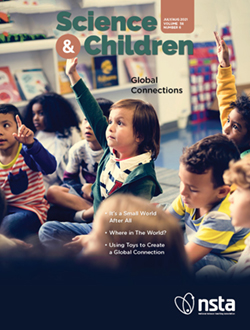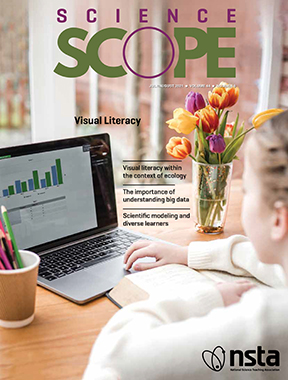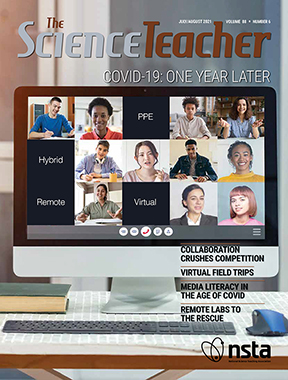Archive: Science Update: Parker Solar Probe Close Up View of the Sun’s Environment, November 18, 2021
Launched on 12 August 2018, NASA’s Parker Solar Probe is venturing closer to the Sun than any other spacecraft. It is revolutionizing our understanding of the long-standing mysteries of the near-Sun environment. The new science data show new phenomena not seen before in the solar wind. Parker Solar Probe is showing us the path forward for heliophysics research.
Launched on 12 August 2018, NASA’s Parker Solar Probe is venturing closer to the Sun than any other spacecraft. It is revolutionizing our understanding of the long-standing mysteries of the near-Sun environment. The new science data show new phenomena not seen before in the solar wind. Parker Solar Probe is showing us the path forward for heliophysics research.
Launched on 12 August 2018, NASA’s Parker Solar Probe is venturing closer to the Sun than any other spacecraft. It is revolutionizing our understanding of the long-standing mysteries of the near-Sun environment. The new science data show new phenomena not seen before in the solar wind. Parker Solar Probe is showing us the path forward for heliophysics research.
Launched on 12 August 2018, NASA’s Parker Solar Probe is venturing closer to the Sun than any other spacecraft. It is revolutionizing our understanding of the long-standing mysteries of the near-Sun environment. The new science data show new phenomena not seen before in the solar wind. Parker Solar Probe is showing us the path forward for heliophysics research.







